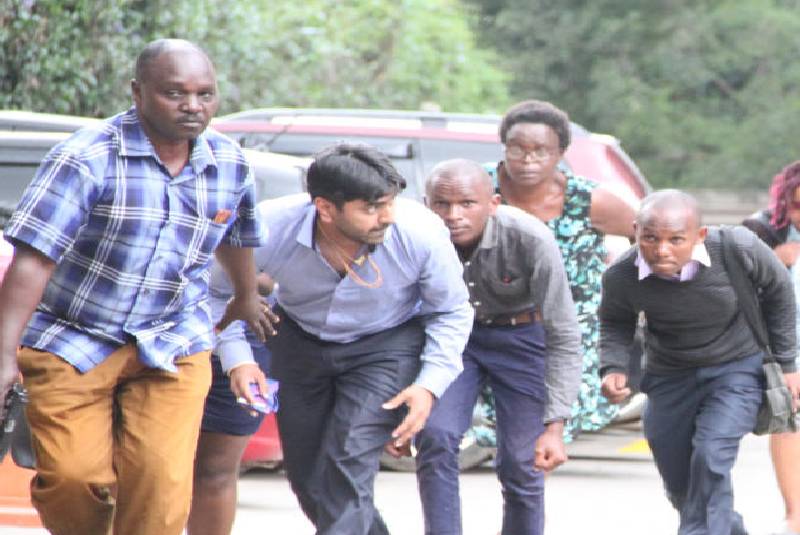×
The Standard e-Paper
Stay Informed, Even Offline

A plain cloth police officer evacuating victims of terror attack from DusitD2 Hotel in Nairobi on January 15, 2019. [Edward Kiplimo, Standard]
The Tuesday 3pm terror attack on Nairobi's dusitD2 hotel presented inevitable ethical dilemma to journalists; that of balancing between detailed reporting without glorifying terrorism or giving too much information to the terrorists and their networks.